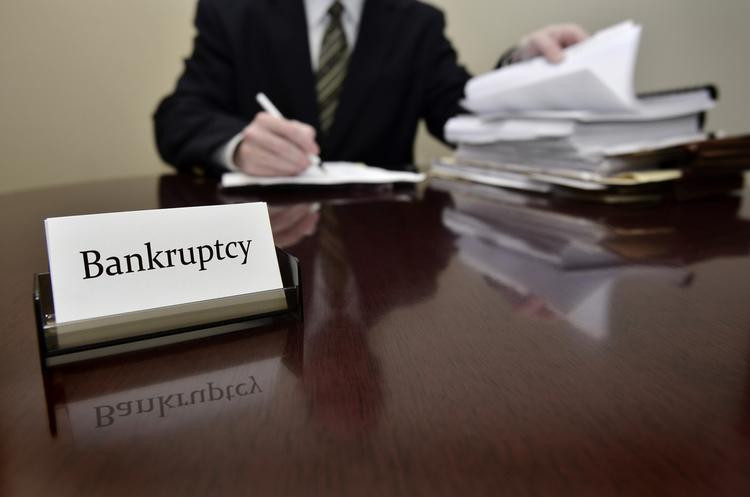I am studying in the third year of the State University of Economics and Technology.I specialize in contractual, economic and corporate law, in particular, I provide consultations and write articles.
The bankruptcy procedure is a rather complex and multi-stage process. One of the stages is the sale of the debtor's property, which has its own peculiarities and subtleties. In general, in order to proceed to the sale, it is necessary to first form the liquidation mass, that is, the property that will be sold. In turn, the formation of the liquidation mass takes place on the basis of the inventory, and it will be the first and most important in this process. Conducting an inventory of assets during bankruptcy proceedings is an important part of the process and aims to identify and document all of the debtor's assets and liabilities. Here are some key aspects of taking inventory:
Inspection of documentation: The liquidator or an authorized person inspects the available documentation about the debtor's property, including deeds of acceptance and transfer, lease agreements, appraisal deeds, etc.
Physical inspection of the property: A physical inspection of the debtor's property is carried out to determine its quantity, condition and market value. This may include an inventory of equipment, goods, real estate, financial assets, etc.
Documenting the results: The results of the inventory are documented in the form of a report that provides detailed information about each asset, its condition and estimated value.
Verification of liabilities: During the inventory, the liabilities of the debtor are also verified, including debts to creditors, operating liabilities and other financial obligations.
Audit: After the inventory is completed, the results may be audited to verify their accuracy and legal compliance.
In addition to the inventory, the liquidation mass is also formed through the return of property from third parties, because the liquidator has the right to carry out measures aimed at the search, identification and return of property that is in the possession of third parties during the bankruptcy procedure. This is one of his key duties to maximize the debtor's assets for further repayment of debts to creditors.
Such measures may include:
Analysis of financial documents: The liquidator can conduct an analysis of the debtor's financial documents to identify possible assets that may be held by third parties.
Communication with third parties: The liquidator may contact third parties who may have information about the debtor's property or may be in possession of the assets in order to ascertain the details and take steps to recover them.
Bringing legal actions: The liquidator can bring legal actions to recover ownership of the debtor's property or claims against persons who illegally hold the debtor's property.
Negotiations with third parties: The liquidator may negotiate with third parties in order to resolve disputes and return property without court proceedings.
Requests for information and documents: The liquidator may submit requests for information and documents from third parties to establish the presence of the debtor's property in their possession.
It is also worth noting that the legislation provides for certain restrictions regarding the property that can be included in the liquidation mass, namely:
- individually determined property that belongs to the debtor on the basis of other property rights besides the right of ownership and economic trust;
- state property, which is not included in the state capital of the company and is on the balance sheet of the bankrupt;
- property excluded from circulation;
- property in respect of which the debtor is the user or the balance holder;
- property rights to intellectual property objects;
- property that is an object of trust property;
- assets that are included in the mortgage coverage.
Methods of selling the debtor's property during liquidation:
Direct sale or on commission terms: this method is implemented by selling property through retail trade organizations. In particular, this method is used in relation to perishable property, low-value property, or property whose market value does not exceed one minimum wage.
According to the contract with the investment firm: By concluding the contract, the liquidator can sell financial instruments.
At the auction: the customer of the auction will be the arbitration manager. The initial value of the property will be that set by the liquidator. regarding the procedure, the auction will take place in electronic form using an electronic trading system. After the end of the auction, a protocol of its conduct is formed, which is then sent to all its participants.
Bankruptcy lawyer at different stages:
Legal assistance in bankruptcy is extremely important, because every stage, starting with the opening of proceedings and ending with the completion of the liquidation procedure, is accompanied by a large amount of documentation, which must meet the requirements of current legislation. Bankruptcy lawyers will conduct a legal analysis of the situation, determine the most effective way of conducting a liquidation procedure to satisfy the demands of creditors, etc. Therefore, assistance in bankruptcy procedures from a qualified lawyer is a reliable tool that will help save time and ensure compliance with all legal requirements.





























